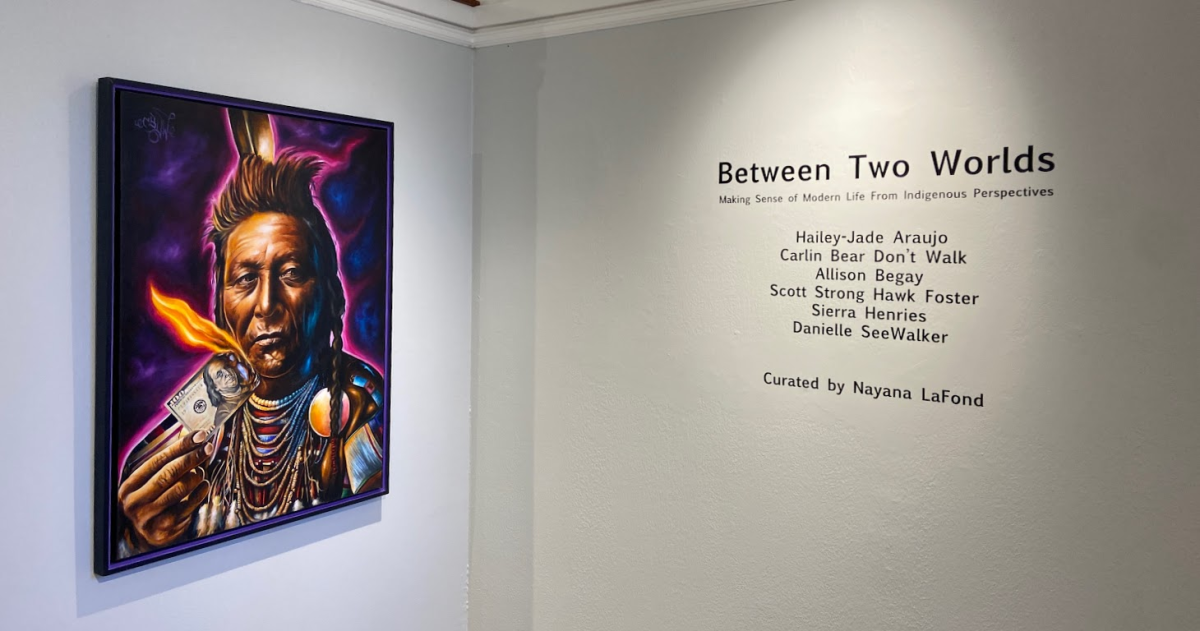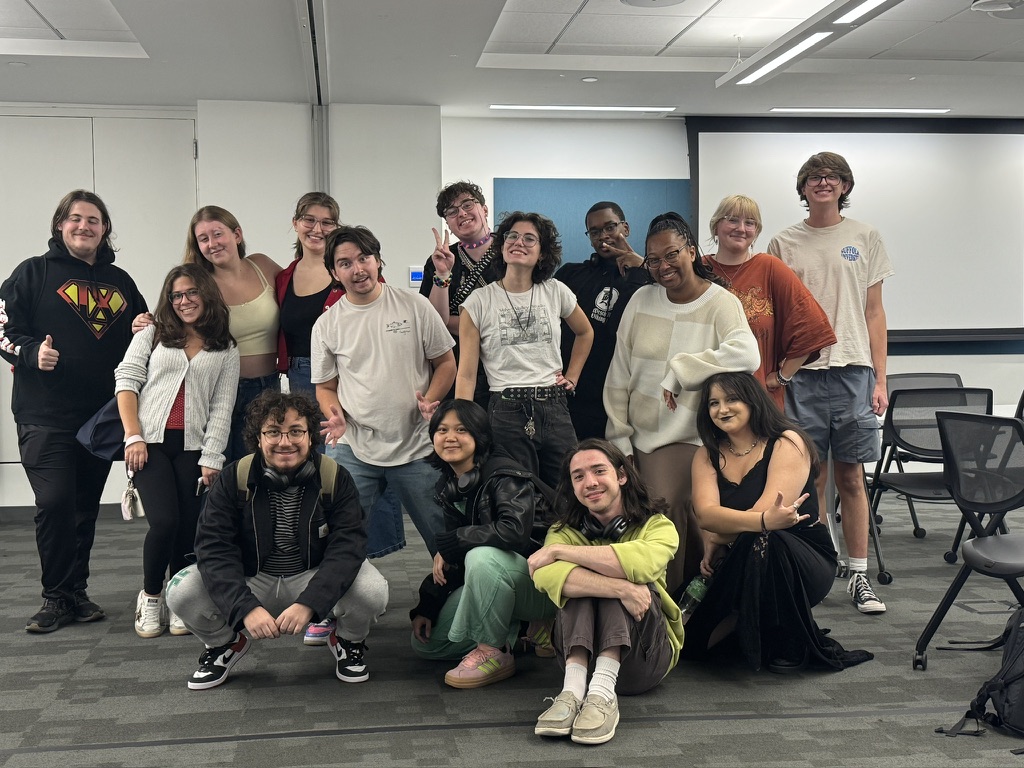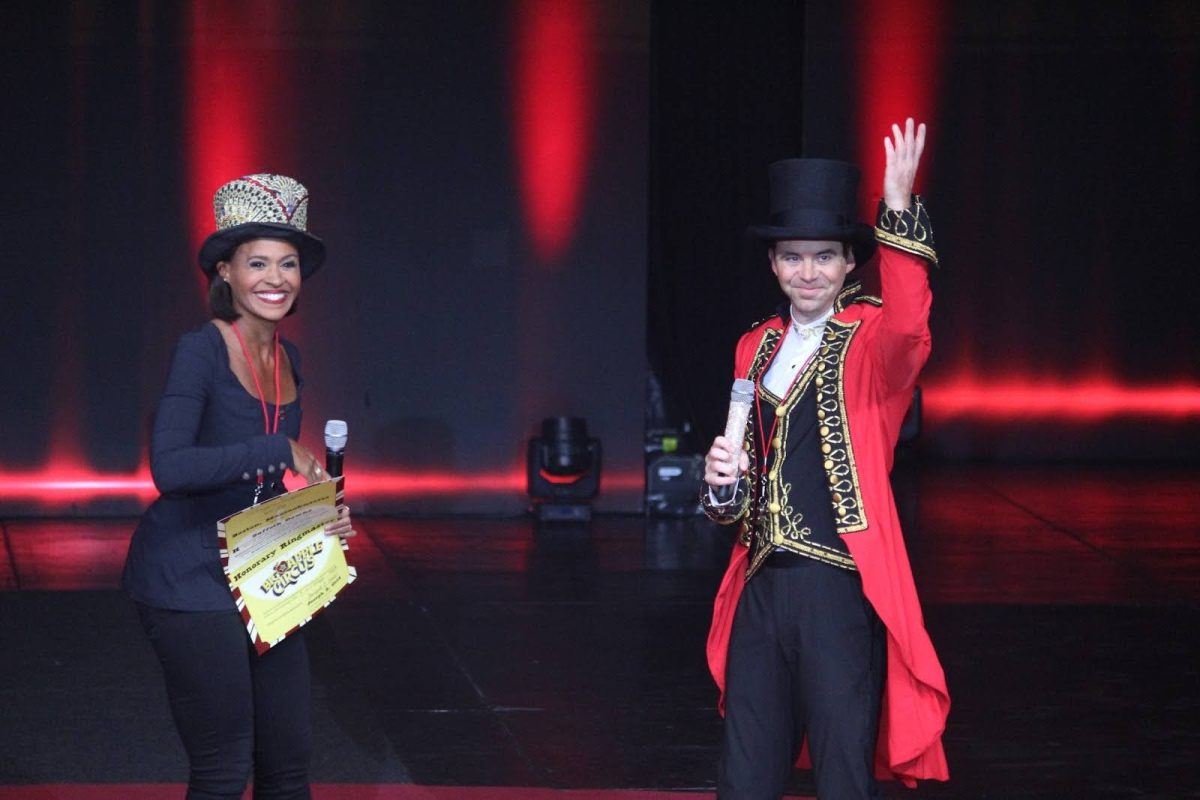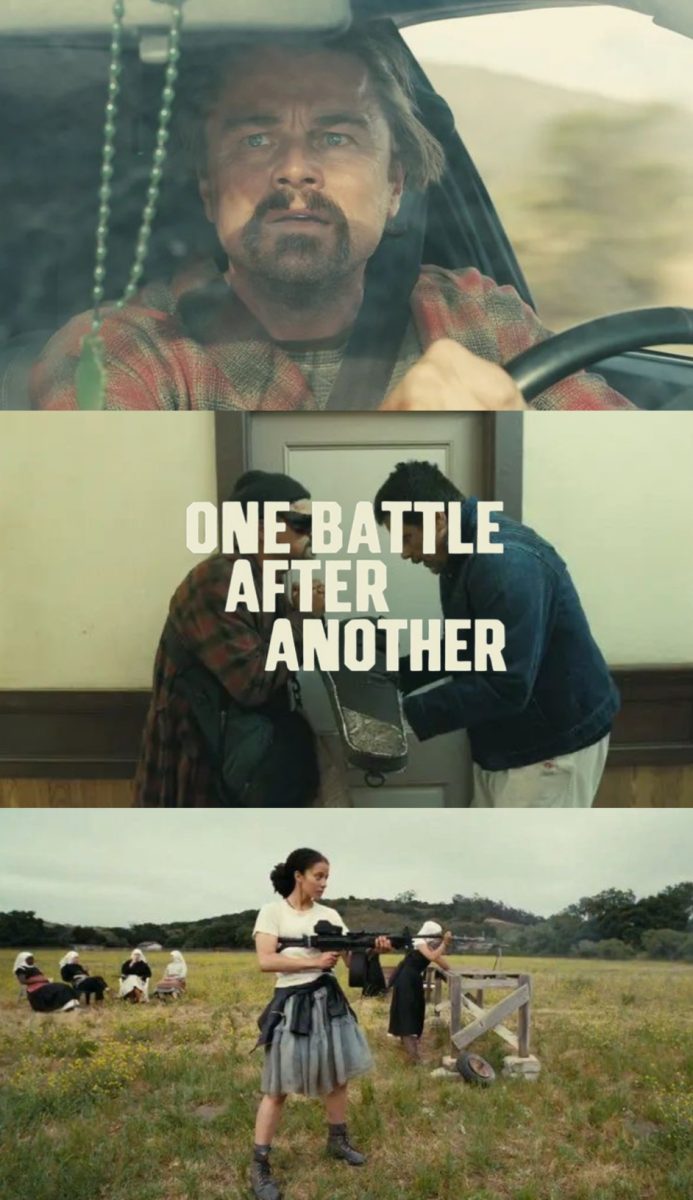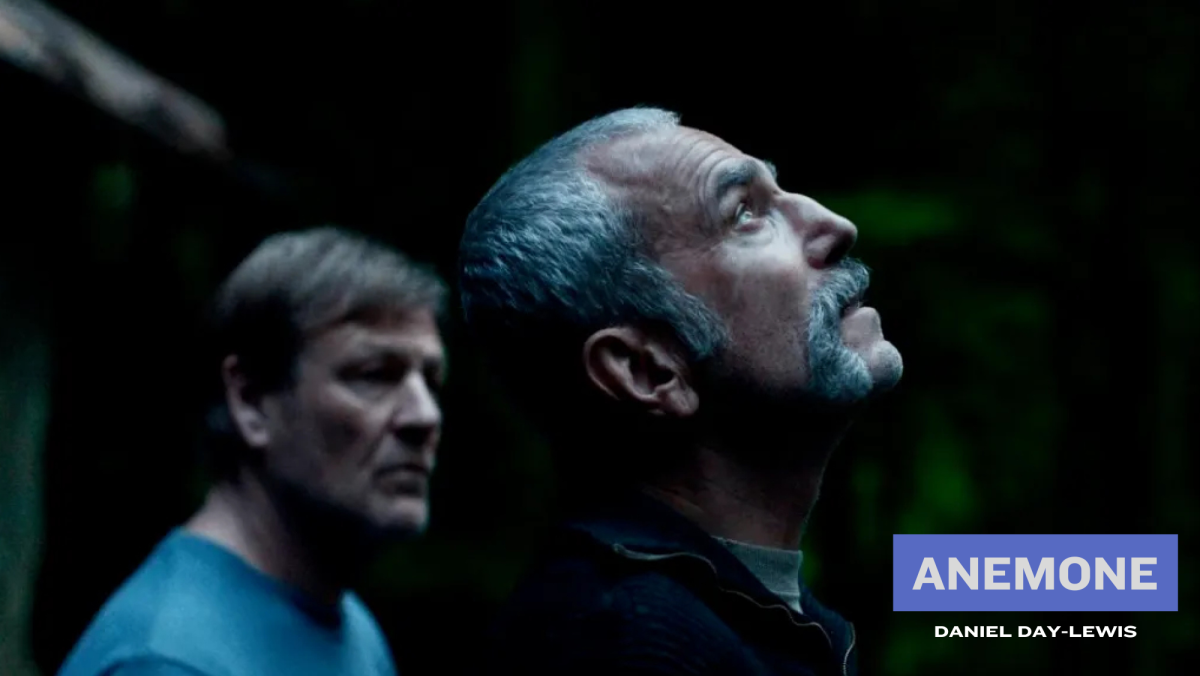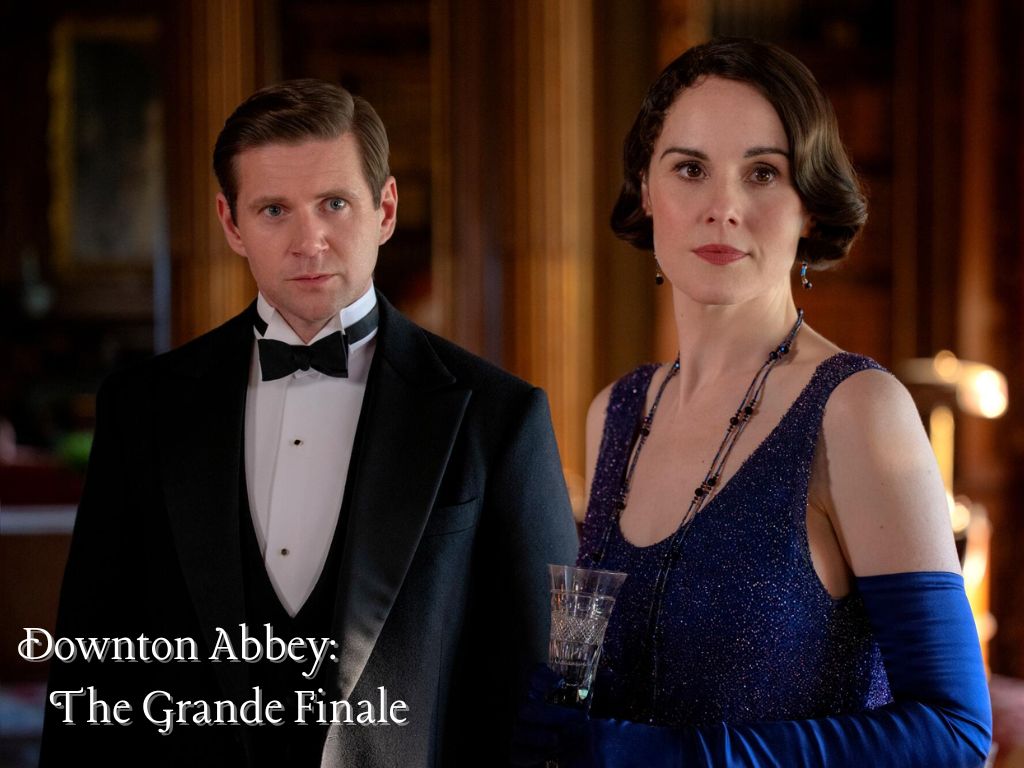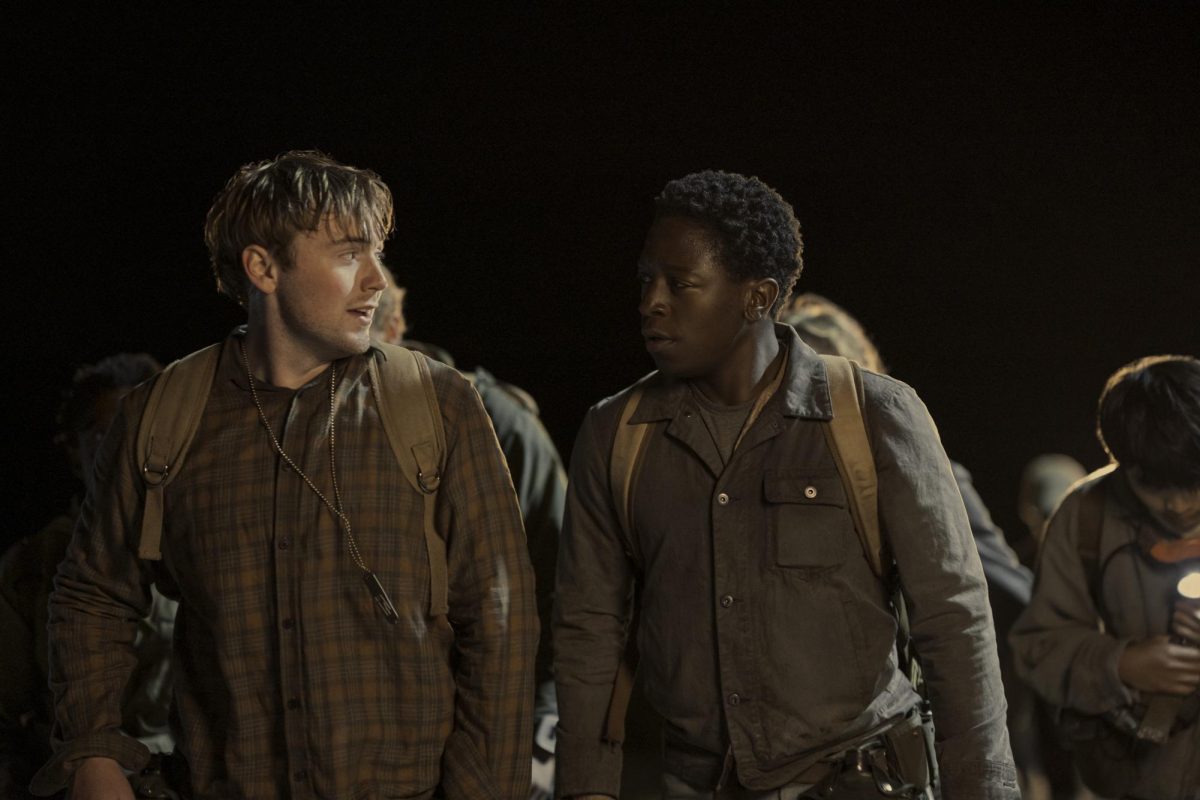“Roma,” a film written, directed, filmed, co-produced and co-edited by Alfonso Cuarón, is a foreign semi-autobiographical movie set in Colonia Roma, a neighborhood within Mexico City in the early 1970s. The story is loosely based on Cuarón’s own upbringing and life experiences. Gabriela Rodriguez, a co-producer of the film is a Suffolk alumna.
In this year’s Academy Awards, the film was nominated for 10 Oscars, and took home wins in three categories: best director, best foreign language film and best cinematography. Unless you are a fluent Spanish speaker, you will need to view the film with the subtitles turned on as “Roma” is a foreign language film.
“Roma” follows the daily life of Cleo, a housekeeper for the middle class family of Antonio and Sofía, and their four children. The film follows these characters as together they face tragedy and hardships, while also experiencing moments of comedy and joy. The film captures all aspects of family life, including parts some people may find uneventful and boring.
Woven throughout the film are themes of love, heartbreak, family and privilege against poverty, which are mainly exhibited through the character’s actions. “Roma” is similar to the film adaptation of “Call Me By Your Name,” where in some scenes, silence and eye contact speak louder than the character’s lines.
Although the plot may be slow moving, “Roma” makes up for it in its simple, beautiful cinematography. Cuarón chose to film it entirely in black and white, a divergence from most contemporary films.
Cameras follow Cleo as though the viewer is living inside the home with the family. If not watching closely, the minor details within her daily life will slip away, along with the beauty of the film. This movie is sure to entertain cinematography fanatics because the realistic camera angles are what bring the picture together. This film is not ideal for someone without patience or time to invest in watching every moment.
The family’s well-off children are sheltered from the world of poverty because their father works as a doctor. Their caretaker Cleo, however, is not immune to the harsh realities that exist outside their home.
The themes of privilege and poverty are juxtaposed against one another, which is shown through the family’s economic status as they venture into the streets of Mexico City on outings. The family is well-off compared to others in the movie, since they own two cars and employ two housekeepers.
Even though the movie depicts an unconventional family dynamic, Cleo helps create a sense of family through the tight-knit relationships she builds with the children as she takes care of them when their mother and father are at work. As the movie advances, Cleo also builds a strong bond with Sofía by helping her cope with her failing marriage when her husband runs away with his mistress.
Although the film is projected simply with out much dialogue or large dramatic events, the complexity lies in the things that are intentionally left unsaid. “Roma” shows how complicated one person’s life can be, even when it may appear normal to the outside world. What separates a film like “Roma” from its competitors is that the plot line is not written to shock or make the crowd gasp; instead it depicts life in such a realistic way that the audience can relate to many of the challenges the character’s face along the way.
However, there are some parts of the film the viewer most likely has not experienced firsthand, such as the graphic depiction of the Corpus Christi Massacre of 1971 in which a student demonstration quickly evolved into a riot that left approximately 120 people dead.
A majority of the film’s events are relatable to the viewer as daily family life, no matter the size or makeup, is something that most people can connect with.





